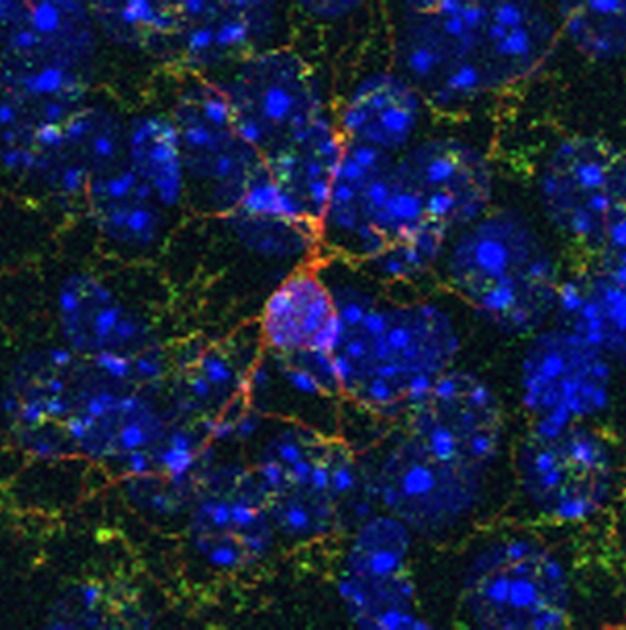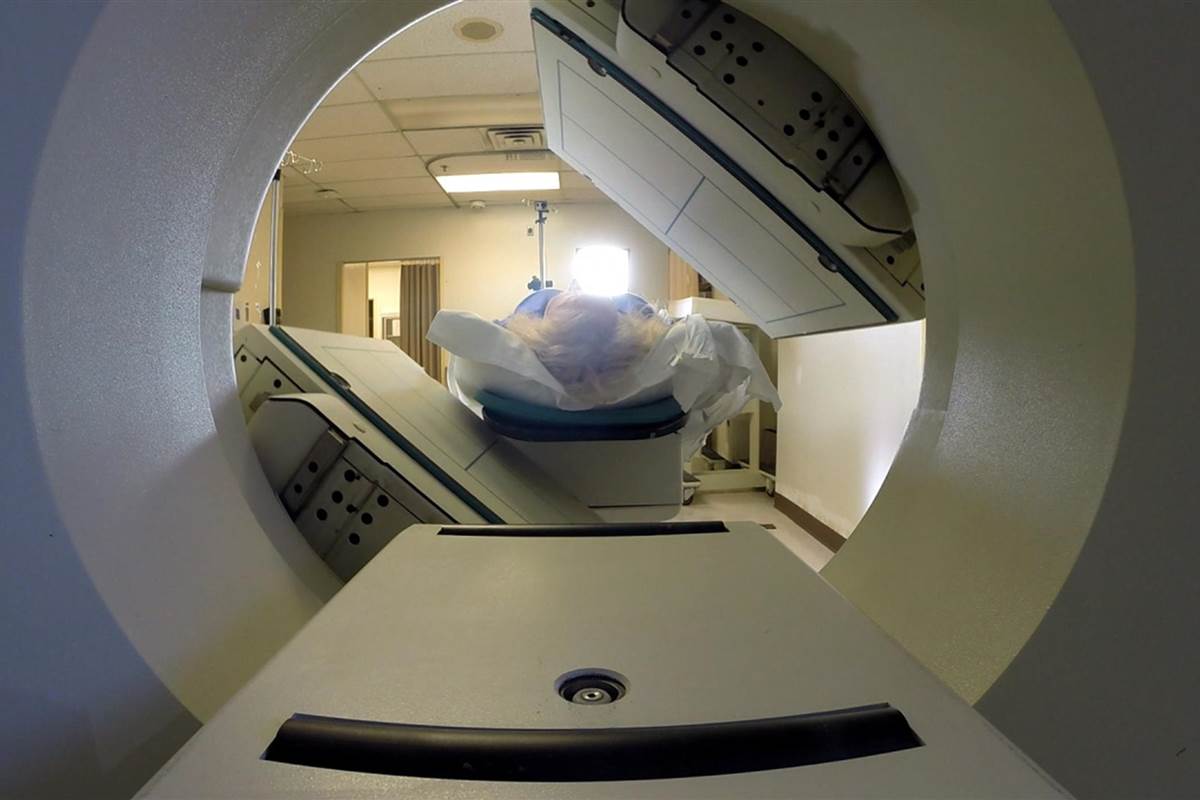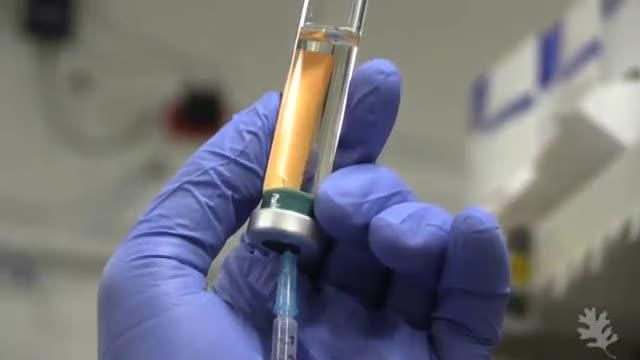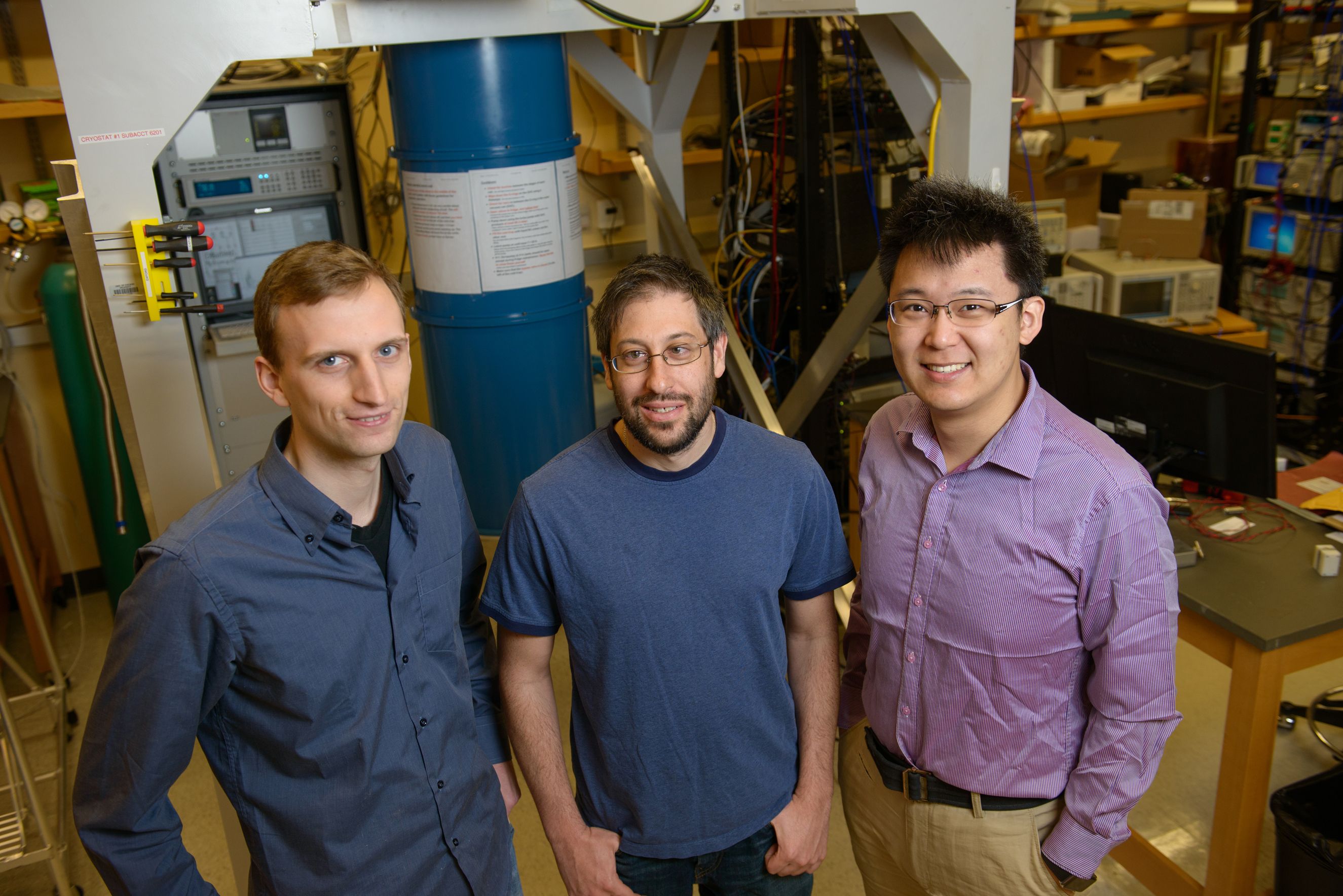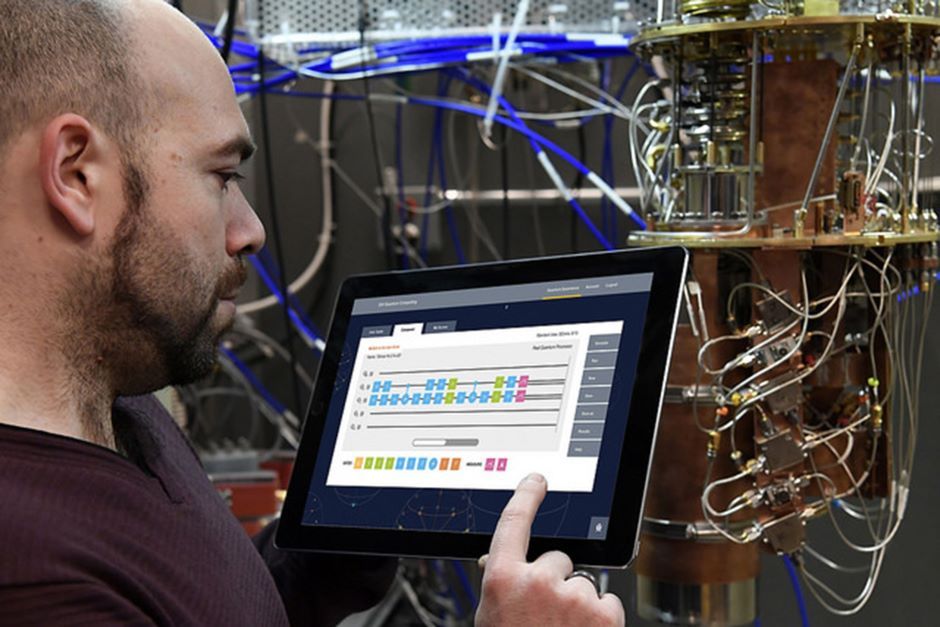New spin on all things that are Singular. Hmmm — so if Singularity becomes a religion; is Ray Kurzweil its God?
A colleague forwarded John Horgan’s recent Scientific American article, “The Singularity and the Neural Code.” Horgan argues that the intelligence augmentation and mind uploading that would lead to a technological singularity depend upon cracking the neural code. The problem is that we don’t understand our neural code, the software or algorithms that transform neurophysiology into the stuff of minds like perceptions, memories, and meanings. In other words, we know very little about how brains make minds.



